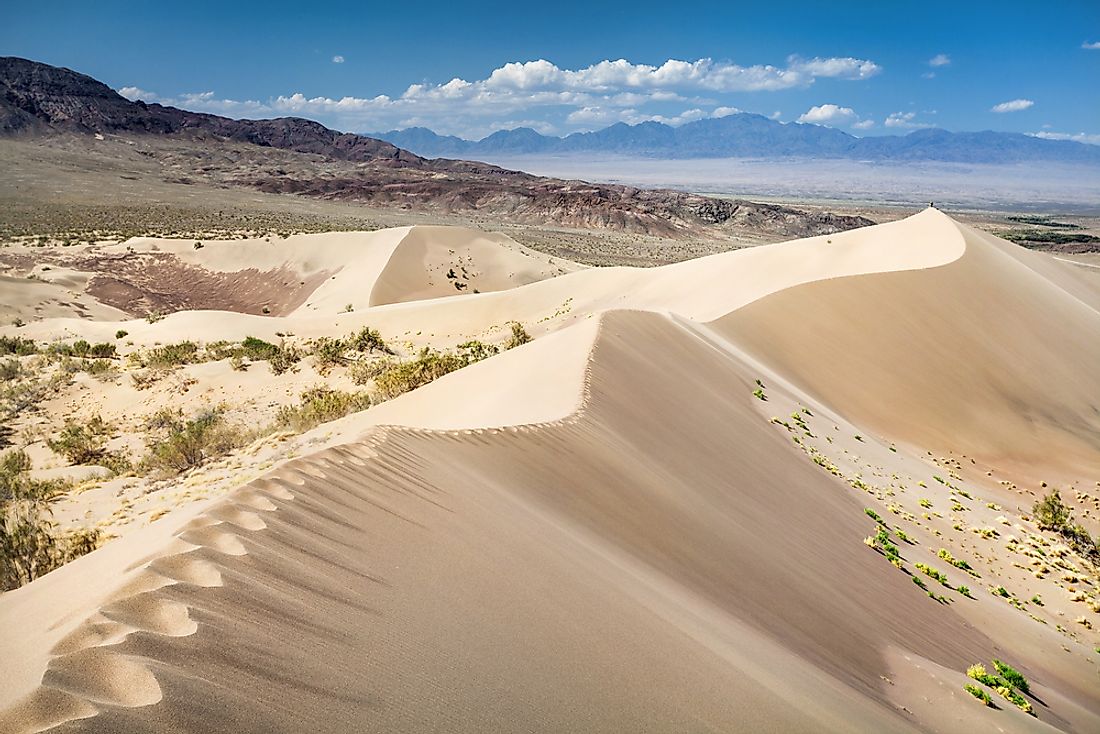What Are Singing Sands?

Sometimes known as baking sand or whistling sand, singing sand is sand that is capable of producing sand. For sand to “sing,” there are certain conditions that have to be met. First, the grains of sand have to be round and have a diameter of between 0.1mm and 0.5mm. Secondly, the sand has to meet the humidity conditions necessary and it must contain silica.
What Causes Singing Sands?
There is a lot of uncertainty as to what causes the sand to “sing.” However, it is known that most of the time the sand produces a sound with a frequency near 450 Hz. Some scholars have suggested that the thickness of the dry sand layer is what determines the frequency while others have speculated that the shear rate is responsible. The difference in moisture content between sand layers causes the sound waves to bounce between the sound layers which increases the resonance and the volume of the sound. The generation of the noise is unclear but one theory states that the noise is produced by friction between the sand particles. Another theory states that air compressed between the particles may be the source of sound while others have attributed it to electrostatics.
Singing in Sand Dunes
For the case of sand dunes, the sound produced is more of a roar or a boom than a song. These loud sounds produced have come to be known as the "Song of Dunes." Currently, there are about 35 deserts around the world that have dunes which produce this sound which may reach up to 105 decibels. To put that level of noise in perspective, a human being exposed to that level of noise will experience ear damage within 15 minutes of being exposed continuously. The main source of sound is from barchans (crescent-shaped dunes). Since there are no people walking on the desert sand, it is clear that the sound is triggered by the powerful winds blowing over the sand.
A good example of a desert with singing dunes is the Badain Jaran Desert which has some of the tallest sand dunes among all the deserts in the world. With a towering height of about 1,600 feet, the noise produced by these dunes is deafening. Others include the Booming Dunes in the Namib Desert, Porth Oer in Wales, and others.
Singing Sand at Beaches
For beaches, the less amount of sand means that the sound produced is closer to a song than for deserts. The sound may also be described as a squeak, a whistle, and other soft noises. For beaches, it is also not understood but theories revolve around the sand having quartz with the grains being highly spherical. Too much water reduces the sound because friction between the grains is reduced while a little water may actually raise the pitch of the sound produced. Finer sand also produces less sound due to less friction compared to rough-grained sand. There are 33 known beaches which “sing” including Souris on Prince Edward Island, the fresh waters of Lake Michigan, Lake Superior, and others.











